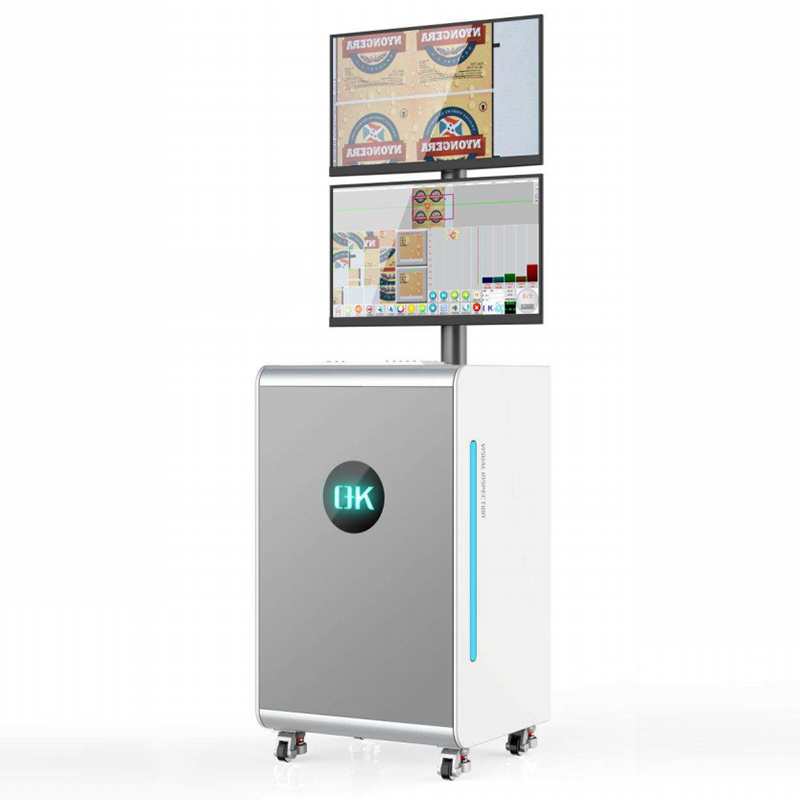The printing industry continually seeks innovations to enhance processes and ensure the highest quality in its products. A transformative shift has occurred with the integration of printing inspection systems into workflow management, revolutionizing traditional printing processes. This article explores the significance of this integration, detailing its benefits and the profound impact it has on overall productivity and product quality.

Understanding Printing Inspection Systems
Printing inspection systems employ advanced technologies like computer vision and image analysis to scrutinize printed materials for faults and discrepancies. These systems can detect issues such as misprints, color discrepancies, registration errors, and other flaws that may compromise the final product's quality. Traditionally, manual checks were time-consuming and prone to human error. However, the integration of automated printing inspection systems has ushered in a new era of heightened accuracy and efficiency.
Key Benefits of Printing Inspection Systems Integration with Workflow Management
The collaboration between automated printing inspection systems and optimized workflow procedures offers numerous advantages to printing companies, contributing to increased productivity, enhanced quality control, and overall operational excellence.
Increased Operational Efficiency:
Automated systems eliminate the need for manual labor in quality control, accelerating production cycles and enhancing overall operational efficiency.
Cost Savings:
Reduced manual labor requirements lead to significant cost savings, as automated inspection systems minimize the risk of human oversight errors and reduce the need for reprints.
Enhanced Quality Control:
Automated systems uncover minor flaws and irregularities, maintaining a consistent high level of quality in printed materials and minimizing the risk of delivering subpar items to clients.
Real-time Monitoring and Correction:
Workflow management provides real-time visibility into the printing process. Integrated inspection systems enable immediate correction of deviations or errors, reducing the need for costly reprints.
Data-Driven Decision-Making:
Integration produces valuable data about the printing process and quality management, offering actionable insights for informed decisions on process optimization, resource allocation, and continual development.
Consistency in Product Quality:
Printing inspection systems ensure a consistent and high level of quality across all printed materials, crucial for maintaining brand reputation and customer satisfaction, especially in industries where aesthetics and print quality are paramount.
Compliance Assurance:
Integration with workflow management ensures compliance with stringent regulatory requirements in industries like pharmaceuticals and food packaging. Traceability and documentation facilitate audits and regulatory approvals.
Traceability and Accountability:
The integrated system enables traceability throughout the production process, documenting each step of the workflow and inspection results to ensure accountability, particularly for quality assurance and customer satisfaction.
Reduced Downtime:
Early detection of errors minimizes interruptions, reducing downtime associated with reworking or reproducing large batches of goods.
Scalability:
Integrated systems can adapt to fluctuating production levels, maintaining efficiency and quality control while coping with increased demand or expansion.
Conclusion
The The integration of printing inspection systems with workflow management marks a critical advancement for efficiency and excellence in the printing industry. As technology continues to progress, incorporating innovative solutions is poised to become standard practice, setting new benchmarks for efficiency and quality not only in the printing sector but also beyond.
